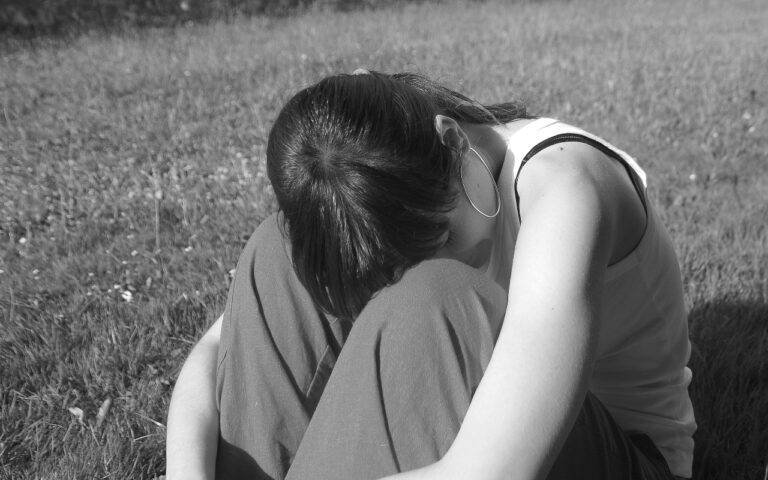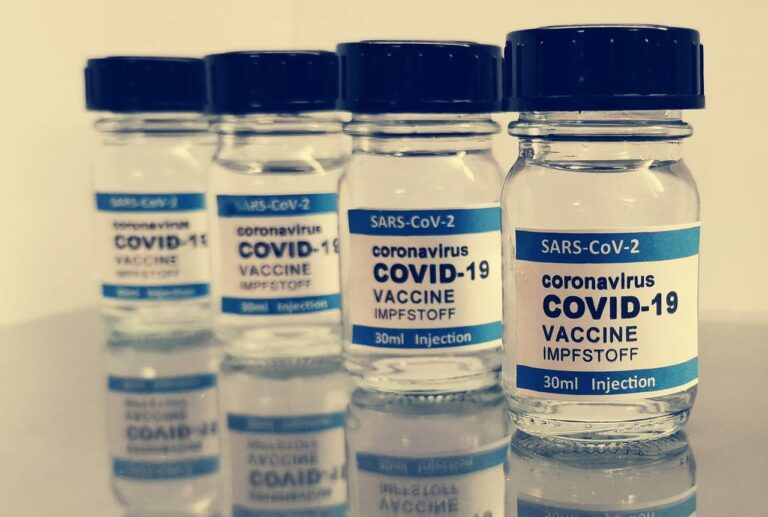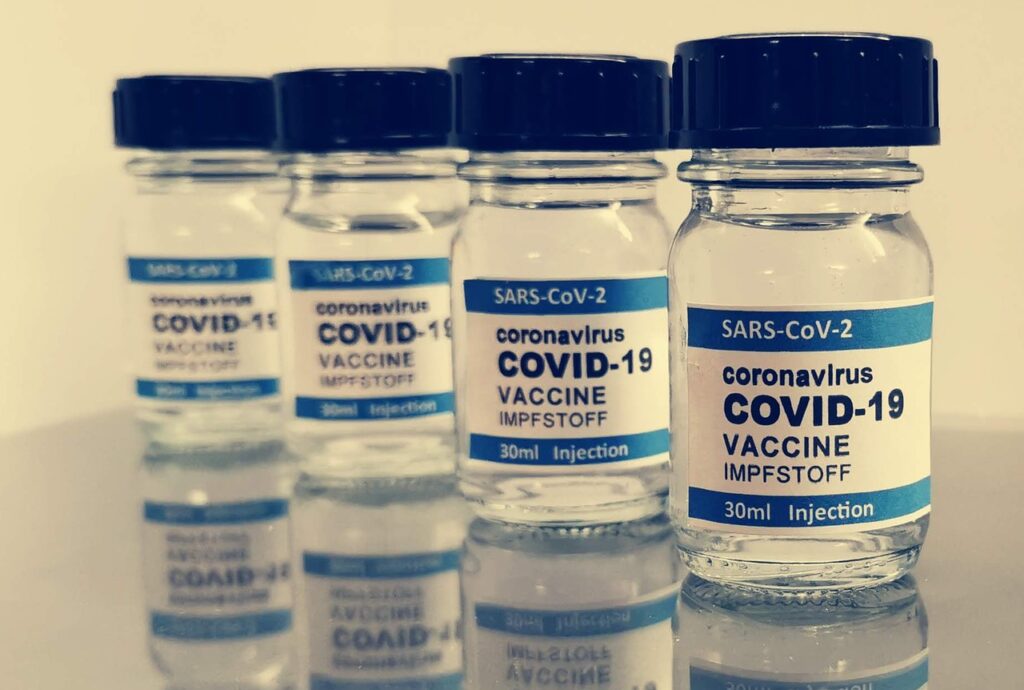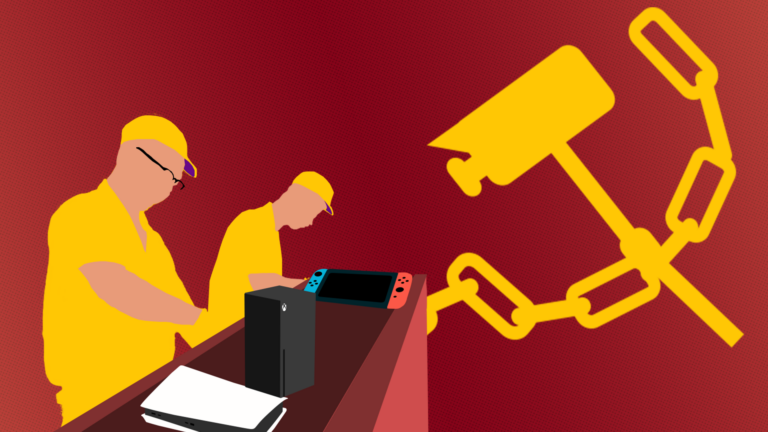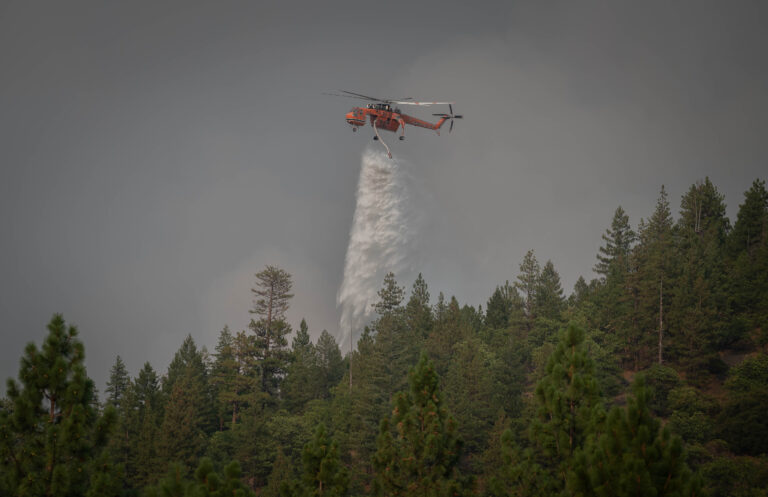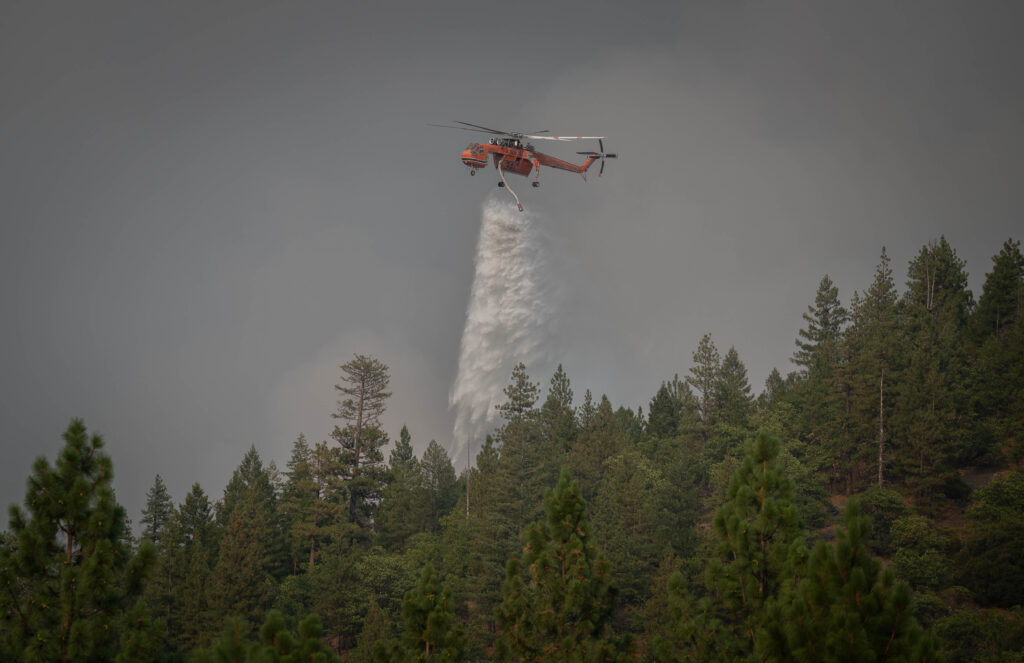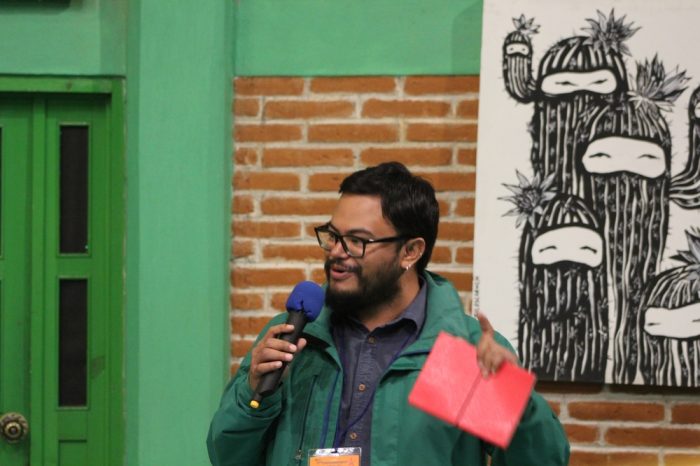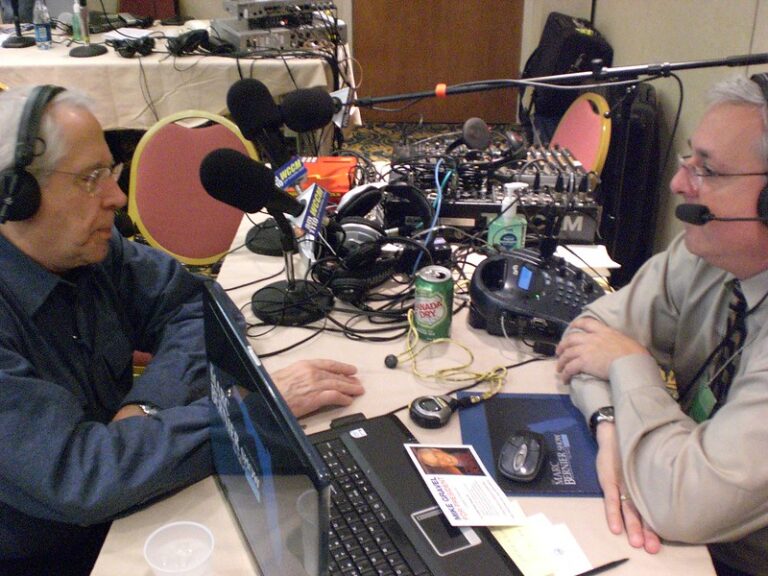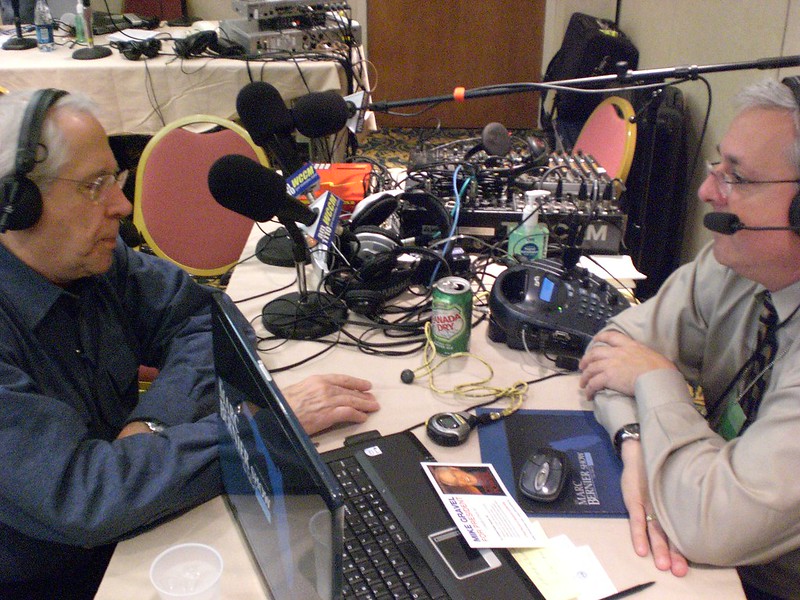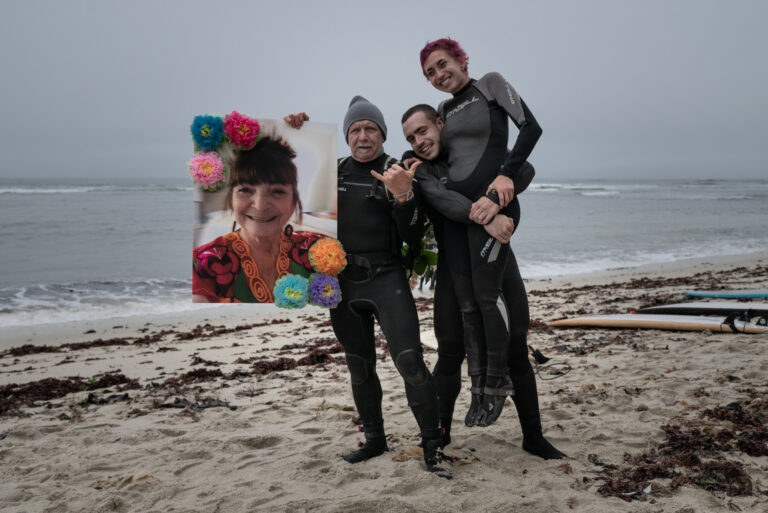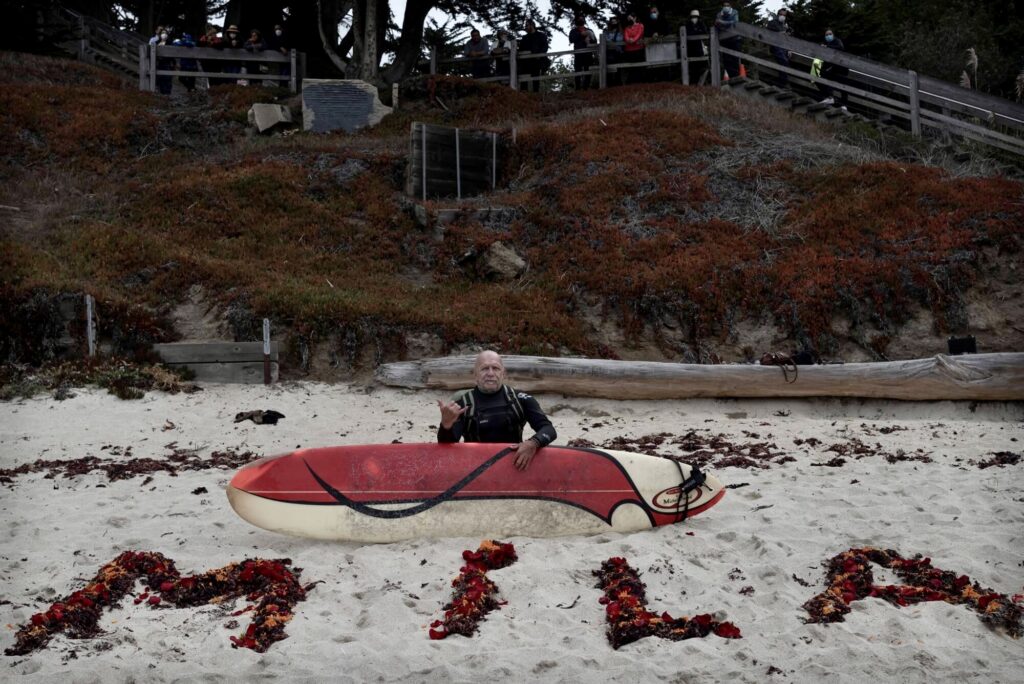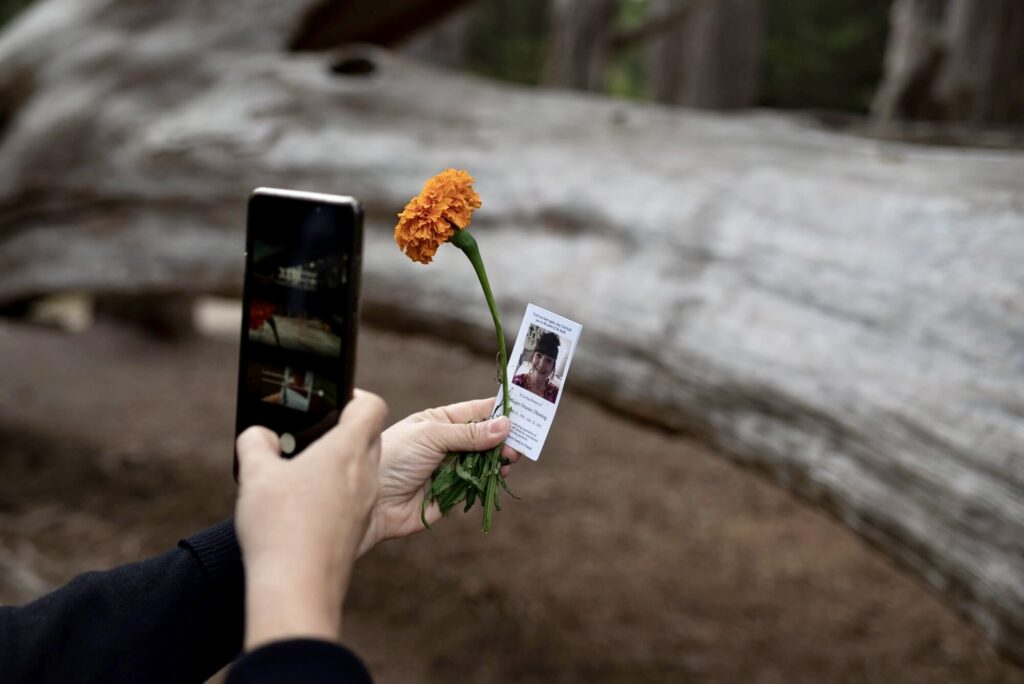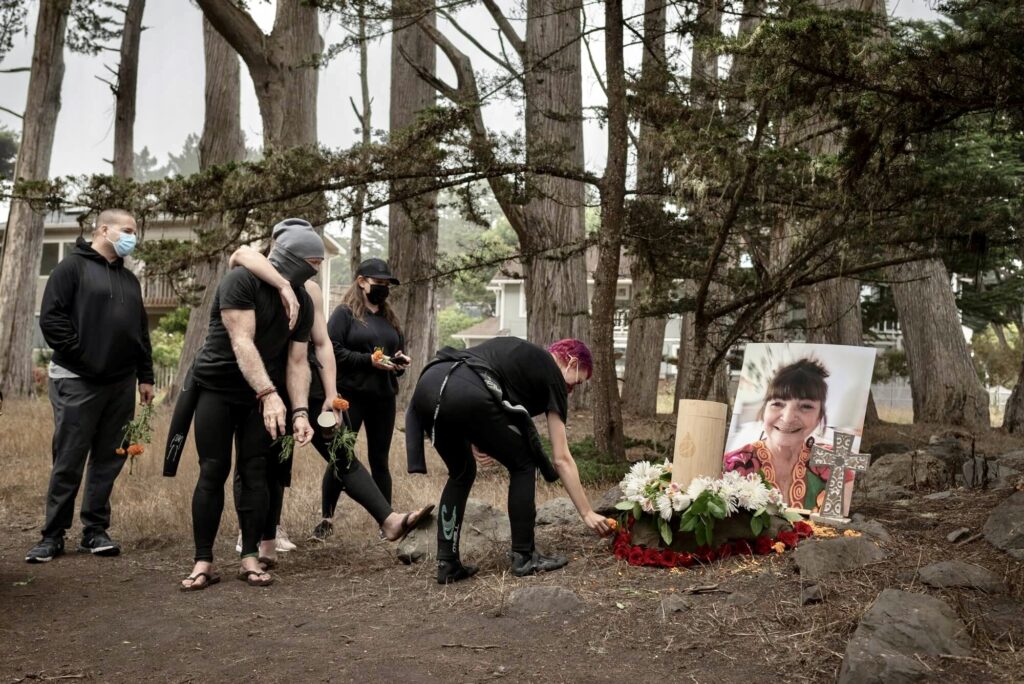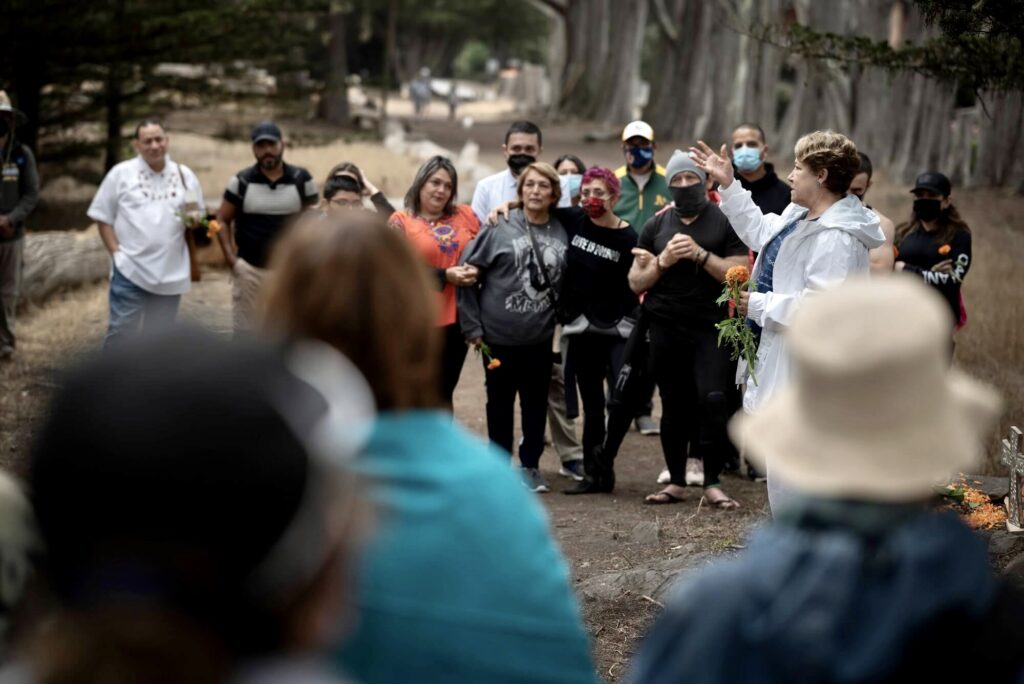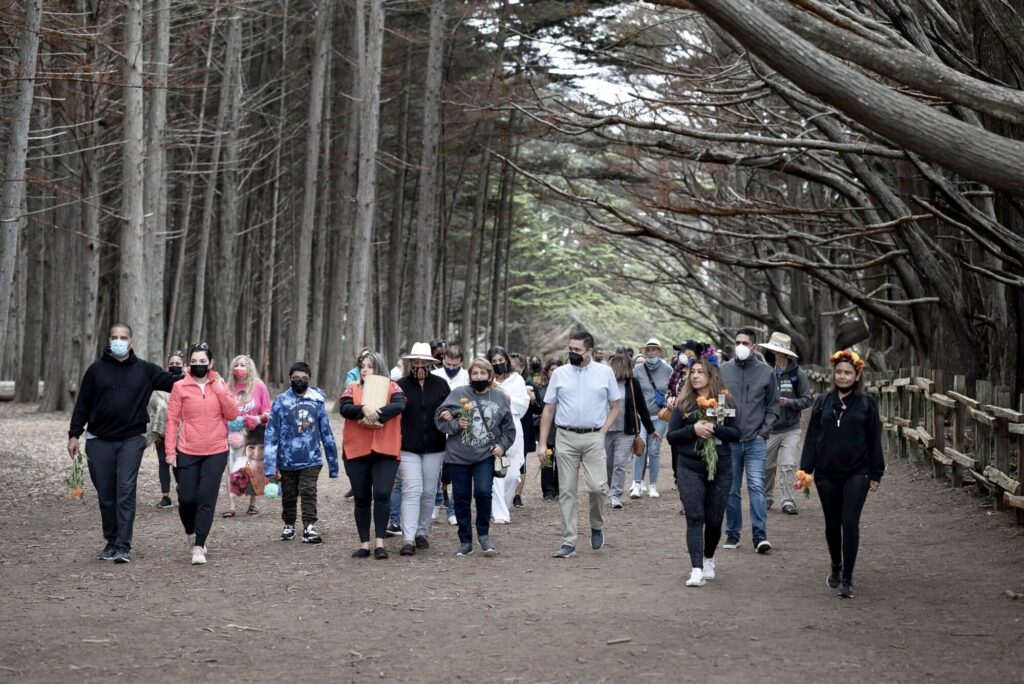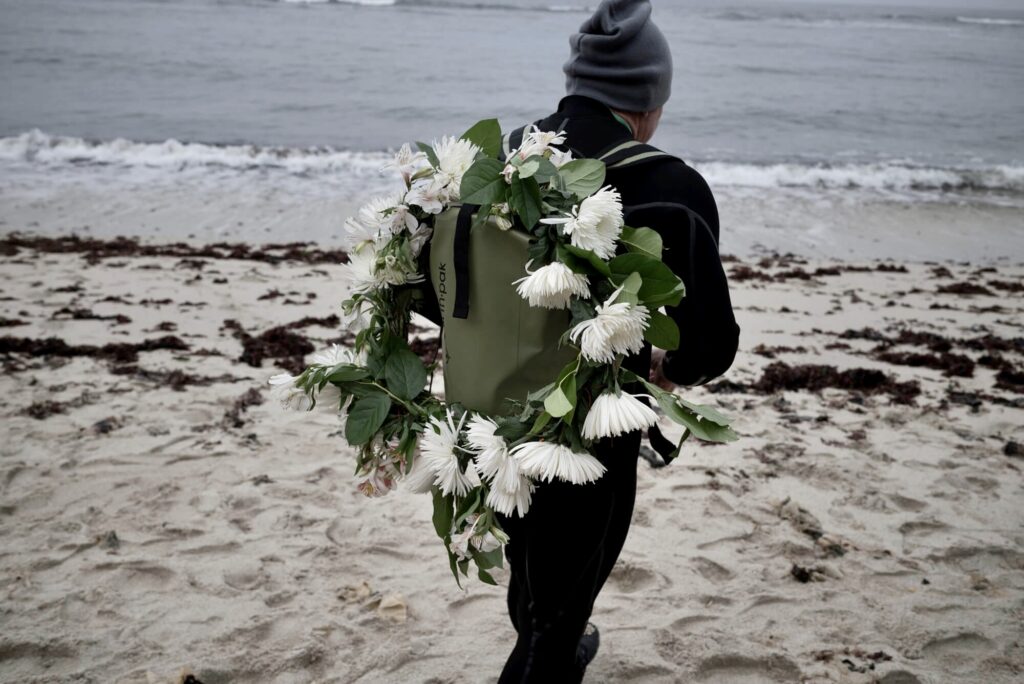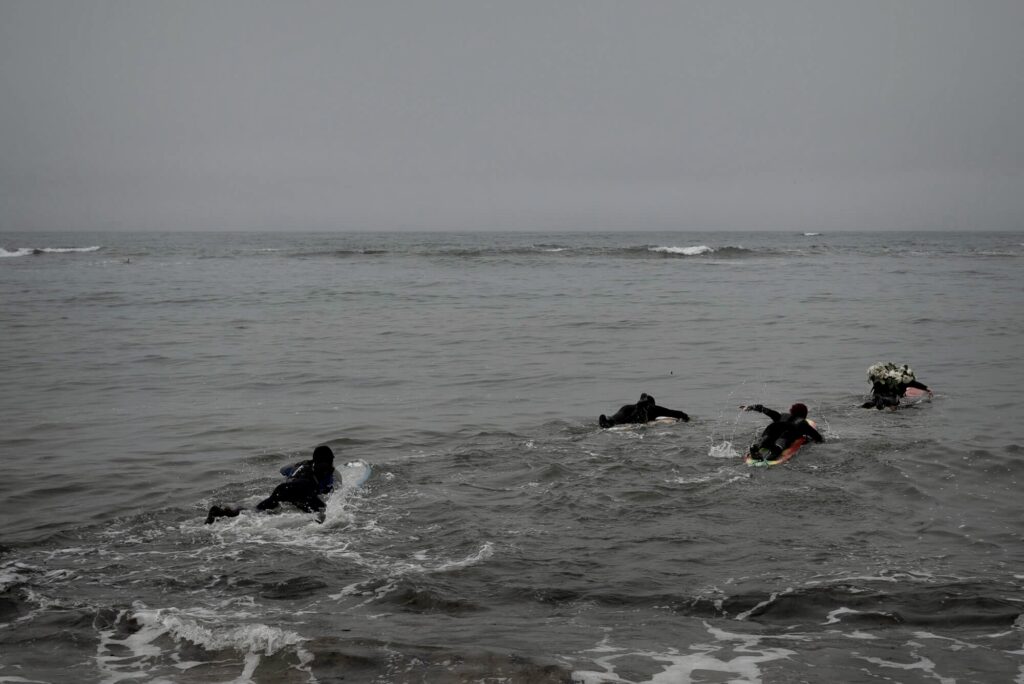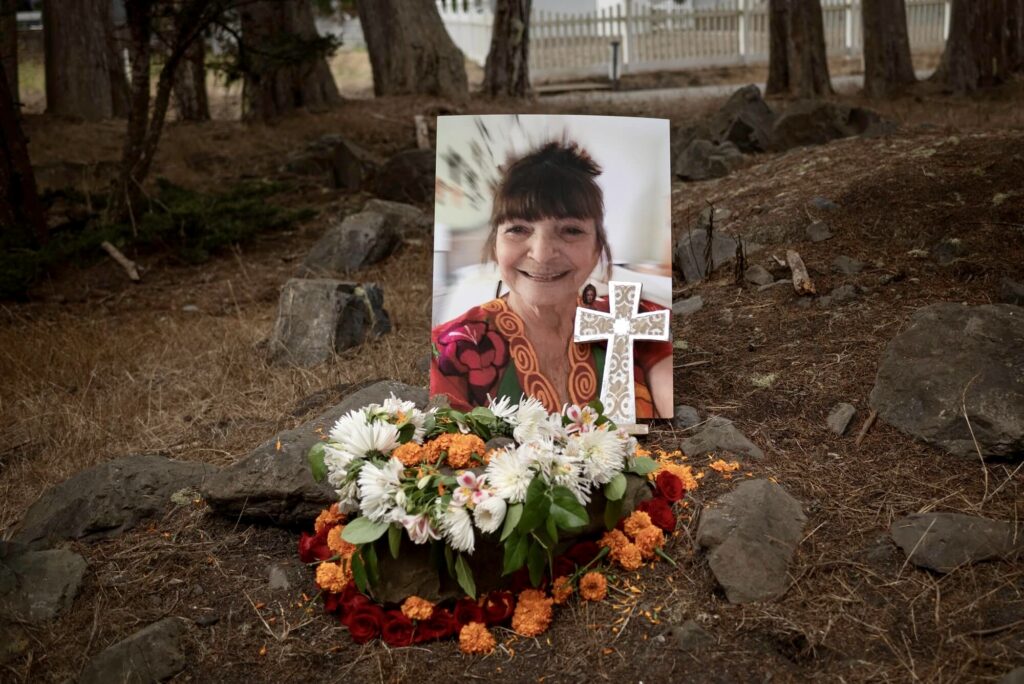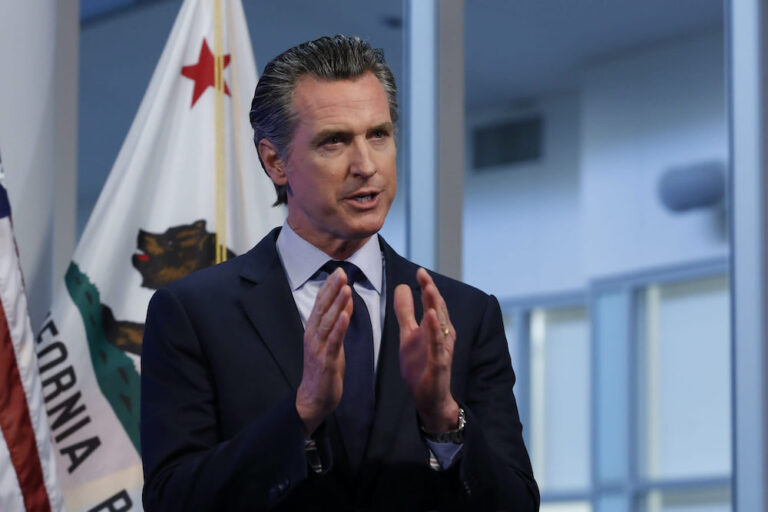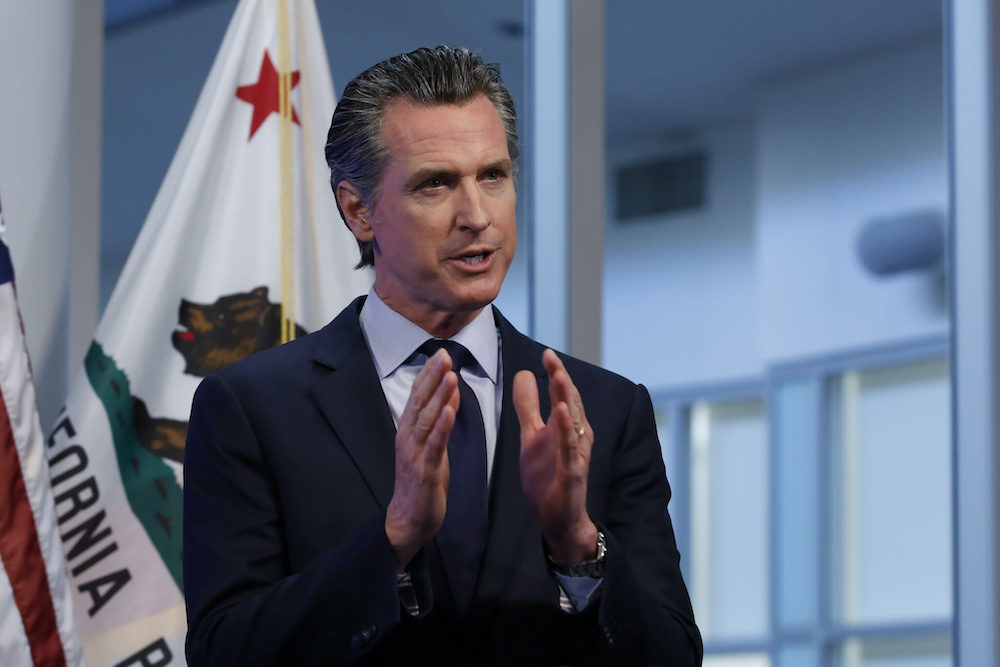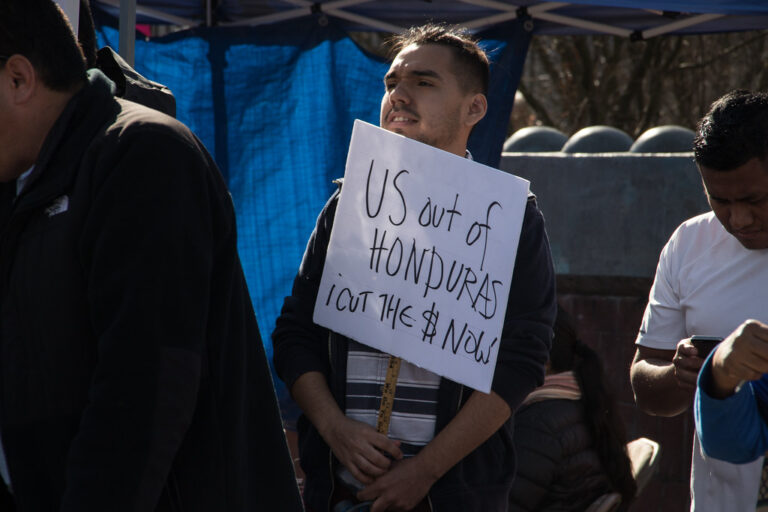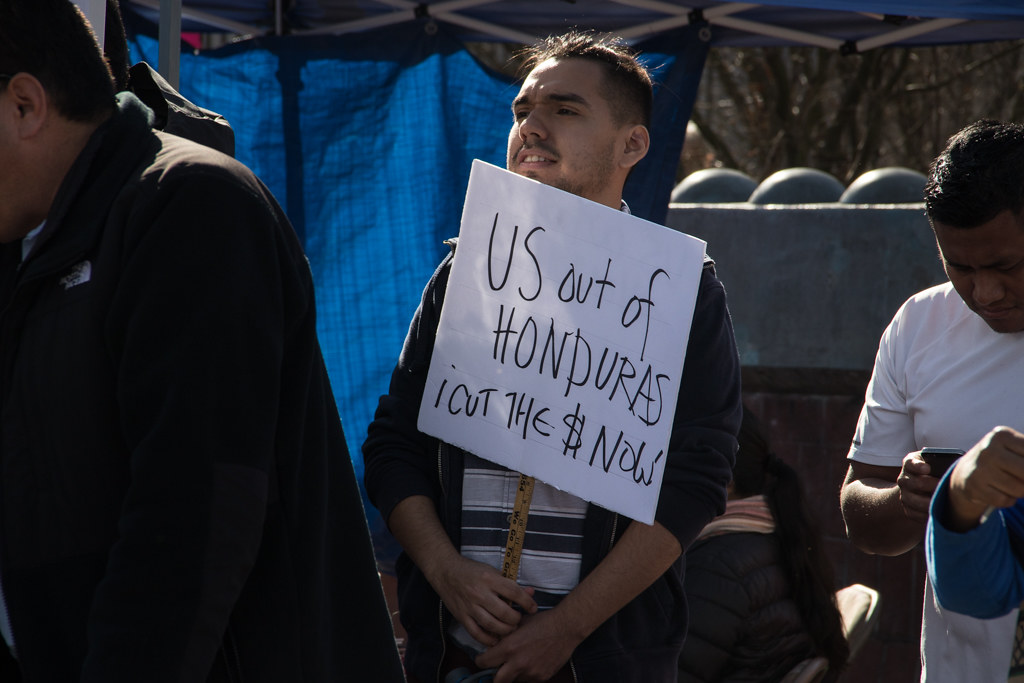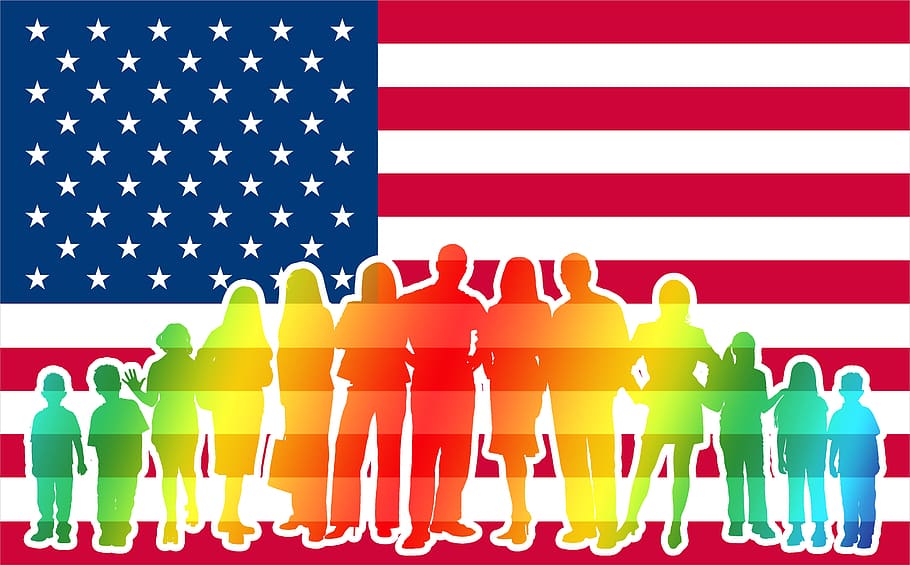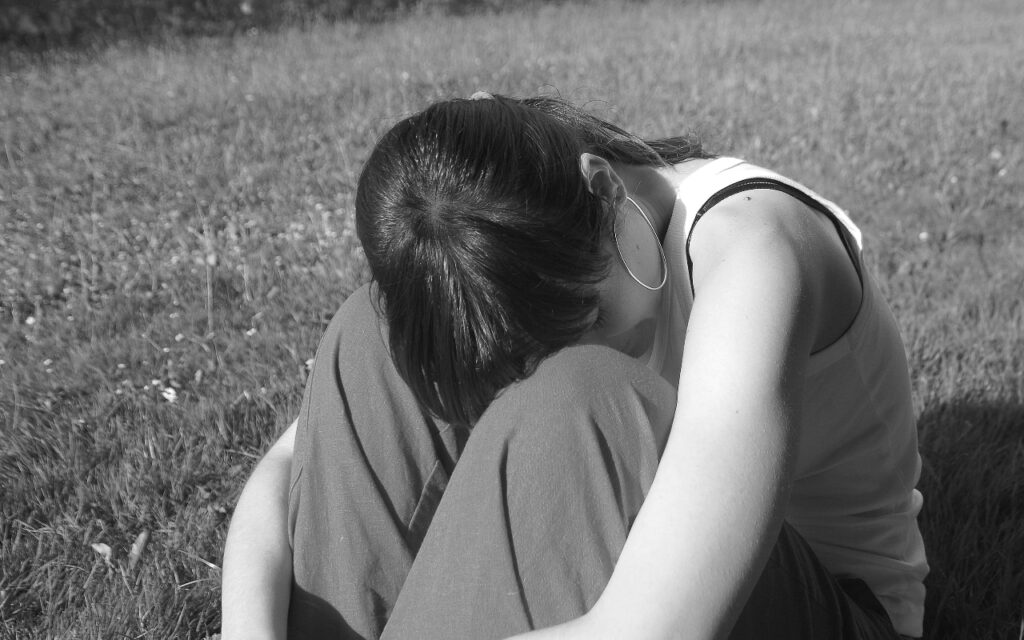
In May 2020, during the COVID-19 pandemic, emergency department visits for suspected suicide attempts began to increase in adolescents aged 12 to 17, especially among girls, according to a report from the U.S. Centers for Disease Control and Prevention (CDC).
The research specifies that between February 21 and March 20, 2021, visits to the emergency department for suspected suicide attempts were 50.6 percent higher among girls aged 12 to 17 than during the same period in 2019; while in the case of boys of the same ages increased 3.7 percent.
As part of Suicide Prevention Month, researchers suggest that a comprehensive approach involving multisectoral partnerships is needed, as well as the implementation of evidence-based strategies to address the range of factors that influence suicide risk.
As of March 2020, the pandemic and the response to COVID-19, which included physical distancing and confinement, disrupted daily life in the U.S. Compared to the rate in 2019, there was a 31 percent increase in the proportion of mental health-related emergency department visits among adolescents ages 12 to 17 in 2020.
In June of last year, 25 percent of adults surveyed between the ages of 18 and 24 reported experiencing pandemic-related suicidal ideation in the past 30 days.
The most recent patterns of emergency department visits for suspected suicide attempts among these age groups are unclear. Using data from the National Syndromic Surveillance Program (NSSP), the CDC examined trends in emergency department (ED) visits for suspected suicide attempts during January 1, 2019, to May 15, 2021, among persons aged 12 to 25 years, by sex, and in three distinct phases of the pandemic.
Compared to the corresponding period in 2019, individuals aged 12 to 25 years made fewer visits to the ED for suspected suicide attempts between March 29 and April 25, 2020. However, in early May 2020, the count of visits for suspected suicide attempts began to increase among adolescents of those ages, especially among girls.
The CDC examined NSSP ED visit data, which includes approximately 71 percent of those in 49 states, except Hawaii and the District of Columbia.
Emergency department visits include suspected suicide attempts and attempts, as well as some non-suicidal self-harm visits.
Self-reported suicide attempts are higher among adolescent girls than among boys. Pre-pandemic research also indicated that young women had higher and increasing rates of emergency department visits for suicide attempts compared to men.
However, the findings of this study suggest more severe distress among young women than has been identified in pre-pandemic reports, reinforcing the need for greater attention and prevention for this population.
It is important to note that, although this report found an increase in emergency department visits for suspected suicide attempts among adolescent females during 2020 and early 2021, it does not mean that suicide deaths have increased.
Some researchers have warned of a possible increase in suicides during the COVID-19 pandemic because of a growing number of risk factors. Youth may represent a high-risk group because they may have been particularly affected by mitigation measures, such as physical distancing-including lack of connection to schools, teachers, and peers; barriers to mental health treatment; increases in substance use; and anxiety about family health and economic problems.
In addition, average rates of ED visits for mental health problems and suspected child abuse and neglect, risk factors for suicide attempts, also increased in 2020 compared to 2019, potentially contributing to an increase in suspected suicide attempts.
Conversely, by spending more time at home with youth, adults may have become more aware of suicidal thoughts and behaviors, and therefore would be more likely to take their children to the emergency department.
According to the CDC's leading causes of death reports, in 2019, suicide was the 10th leading cause of death in the United States, accounting for more than 47,500 people.
Suicide was the second leading cause of death among 10-34 year olds and the fourth leading cause of death among 35-44 year olds.
In addition, there were almost 2.5 times more suicides -47,511- than homicides -19,141- in the country.
You may be interested in: Cervical Cancer to Take Lives of More Than 4,000 Women in U.S. this Year

